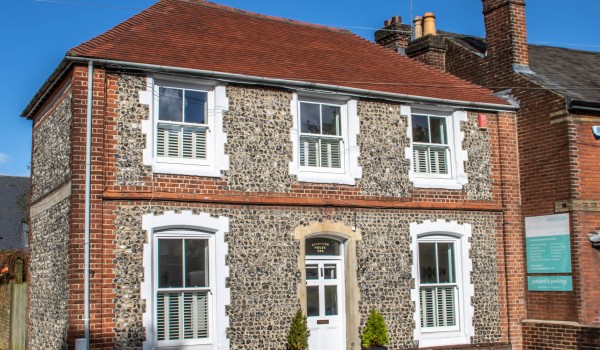Traditional Chinese medicine
The two major components of traditional Chinese medicine (TCM) are Chinese herbs and acupuncture. The knowledge of Chinese herbs and acupuncture has been acumulated over generations. The earliest classic book on TCM was compiled around 700BC and TCM is now practiced throughout the world. In TCM the human body is seen as a functional integrated system.
A sympton in one part of the body will be related to imbalances in another for example a skin rash or discolouration may reflect a deep imbalance within the body. The holistic principle of TCM loooks beyond the symptoms of a patient, evaluates the causes of illnesses and allows treatment of the body's underlying imbalances.
Chinese Herbs - Hundreds of Chinese herbs, including their flowers, leaves, seeds and roots have been widely used for thousands of years by the Chinese. The clinical use of Chinese herbs has been well studied over many years. A qualified doctor or TCM would have looked at this research and will only prescribe safe herbal medicines.
A Chinese herbal preparation is made up of various herbs which work together to restore the natural balance of the body within. Medicine is usually taken internally but may occasionally be used externally. Full instructions will be given by the doctor.
Acupuncture - The principle of acupuncture treatment is by the insertion of fine metal needles into points lying beneath the skin. By stimulating some of the points certain body functions can be regulated to restore health.
It is quite reasonable to assume that it is painful when a needle is inserted into the body. In fact, if performed by a qualified acupuncturist, only a slight prick is felt when the needle enters the skin, as the acupuncture needles are much finer than conventional needles used for injections or withdrawing blood. When the needles reach the acupuncture point, there is another sensation which is often described as a dull ache - this is rarely described as painful.
Clinics
Practitioners
Dr Ruolin Sun
Acupuncture & Chinese Herbal Medicine
